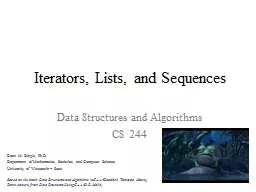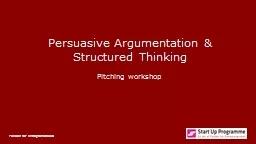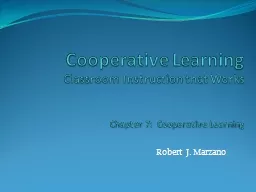PPT-Grouping objects Iterators
Author : debby-jeon | Published Date : 2018-10-20
Iterator and iterator Collections have an iterator method This returns an Iterator object IteratorltEgt has three methods boolean hasNext E next void remove Using
Presentation Embed Code
Download Presentation
Download Presentation The PPT/PDF document "Grouping objects Iterators" is the property of its rightful owner. Permission is granted to download and print the materials on this website for personal, non-commercial use only, and to display it on your personal computer provided you do not modify the materials and that you retain all copyright notices contained in the materials. By downloading content from our website, you accept the terms of this agreement.
Grouping objects Iterators: Transcript
Download Rules Of Document
"Grouping objects Iterators"The content belongs to its owner. You may download and print it for personal use, without modification, and keep all copyright notices. By downloading, you agree to these terms.
Related Documents














